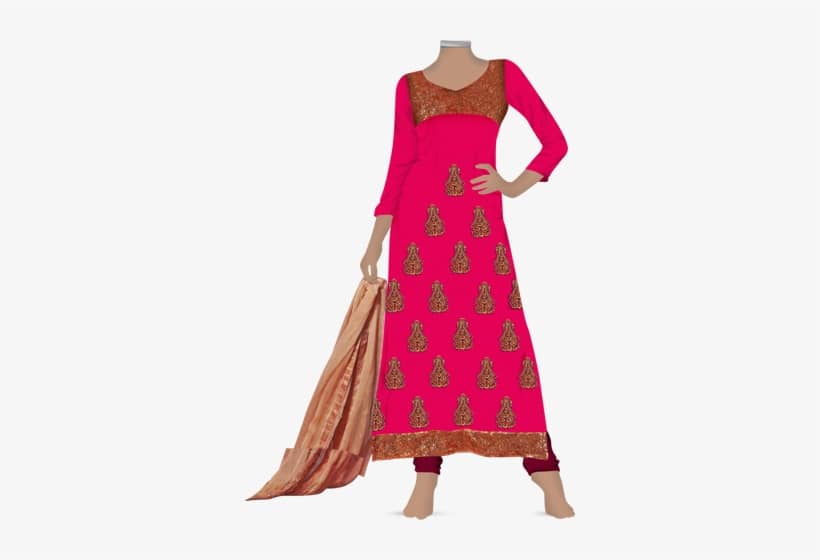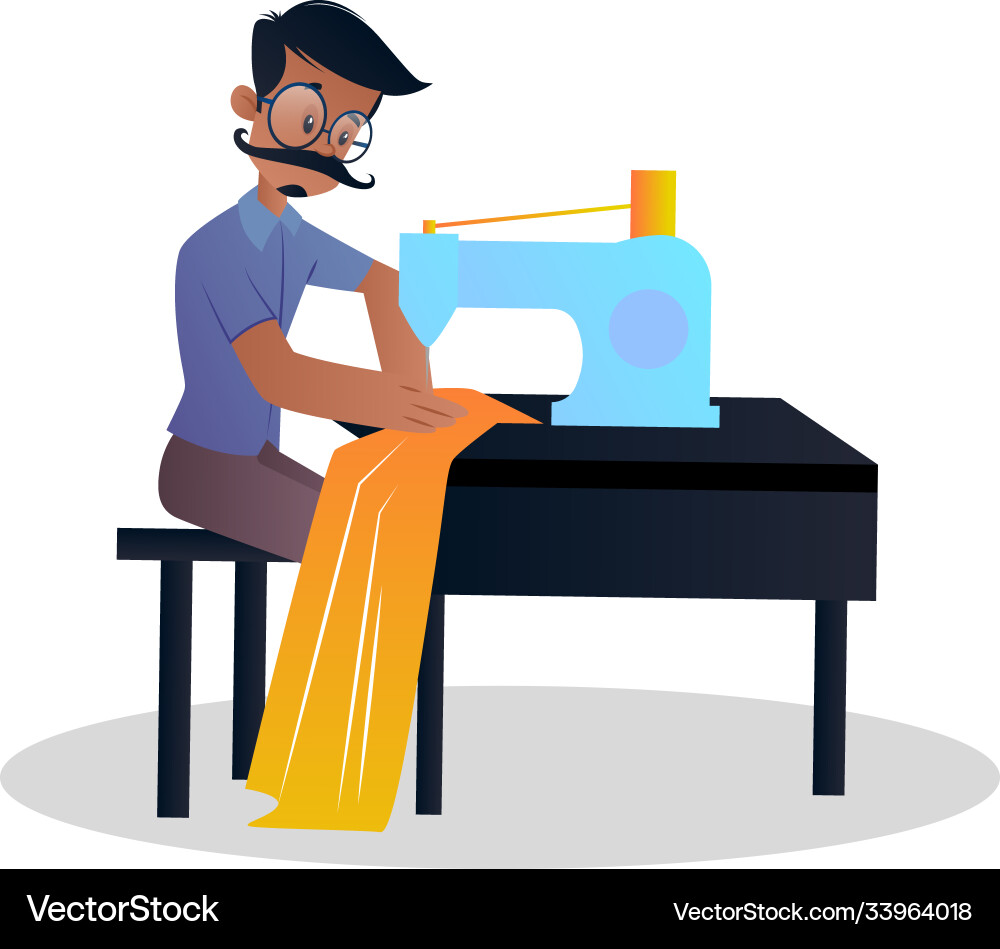Tailor Perth: Outstanding Tailoring for a Perfectly Fitted Wardrobe
Tailor Perth: Outstanding Tailoring for a Perfectly Fitted Wardrobe
Blog Article
Understanding the Tailoring Refine: From Textile Choice to Last Suitable for the Perfect Closet
The tailoring procedure is a complicated interplay of art and scientific research, starting with the essential decision of fabric selection and culminating in the exact modifications of final installations. Each material type brings unique qualities that affect not just the aesthetic appeal yet additionally the garment's durability and suitability for numerous celebrations. Understanding the nuances of tailoring techniques can boost one's wardrobe to unprecedented degrees of elegance. As we explore these components additionally, one need to consider just how also the tiniest details can significantly impact the total result of one's personal design.
Significance of Textile Selection
Choosing the ideal textile is essential in the customizing procedure, as it directly influences the convenience, durability, and general visual of the last garment (tailor perth). The option of fabric sets the foundation for the garment's capability, efficiency, and design. Various materials have one-of-a-kind homes, such as stretch, breathability, and weight, which can substantially influence just how the garment drapes and fits the body
In addition, textile selection influences the garment's long life and convenience of treatment. Top notch textiles can hold up against damage, keeping their appearance and framework gradually, while lower-quality products may result in pilling or fading. In addition, the right material adds to the garment's ability to change across periods and occasions, thus enhancing convenience.
A customized item made from an appropriate textile not just showcases craftsmanship but likewise boosts the wearer's confidence. Subsequently, recognizing the nuances of fabric option is vital for any type of tailoring undertaking. It makes sure that the final item not only meets the aesthetic wishes of the client however also straightens with practical requirements, therefore accomplishing a harmonious balance in between form and feature in the tailored wardrobe.
Kinds of Fabrics and Their Uses
Recognizing the different kinds of fabrics readily available is important for making notified choices during the customizing process. Each material has distinct features that dictate its viability for specific garments and events.
Its versatility enables it to be customized into everything from t-shirts to dresses. Its natural elasticity helps garments keep form over time.
Silk shows deluxe and is lightweight, making it best for eveningwear and fragile blouses; nevertheless, it calls for careful handling as a result of its frailty. Bed linen, with its textured finish, is a preferred choice for warm climates, providing a crisp and ventilated feel, however it wrinkles conveniently, which may influence the garment's appearance.
Artificial materials, such as polyester and nylon, offer resilience and resistance to wrinkles, making them appropriate for everyday wear and energetic clothes. Comprehending these textile types and their residential properties enables far better decision-making, making certain that each customized item not only fits well however additionally aligns with the intended objective and occasion.
The Tailoring Techniques Discussed
The art of tailoring depends on a variety of methods that transform fabric right into well-fitted garments. Central to this process is pattern preparing, where a tailor develops themes based upon the client's dimensions and preferred style. This first action makes certain that the garment will certainly fit the user correctly before any type of cutting happens.
As soon as patterns are developed, reducing methods enter into play. Accuracy is extremely important as errors can lead to misfitting garments. Tailors often make use of different reducing approaches, such as single-layer cutting for elaborate designs and multiple-layer cutting for effectiveness on standard patterns.
Basting is an additional necessary method, allowing tailors to temporarily sew fabric assemble for an initial installation. This approach uses the possibility to assess the drape and general shape before last sewing.
Seaming strategies, consisting of flat-felled joints and French seams, boost the garment's durability and visual charm. Tailors also use methods such as interfacing and padding to supply structure you could try this out and shape to specific areas, like shoulders and collars.
Last but not least, finishing strategies, including hemming and side ending up, make sure the garment's long life while giving a polished look. With each other, these methods form the backbone of efficient customizing, causing elegant, tailor-made garments.
Suitable Modifications and Considerations

Secret considerations consist of the shoulder fit, which must neither droop nor restrict activity, and the sleeve size, which ought to permit comfortable arm motion while maintaining a refined look. Additionally, changes at the waistline can refine the silhouette, with options to let out or absorb fabric as required.
The surge of pants is another vital factor; it should rest conveniently over the hips without causing discomfort, permitting simplicity of movement. Hemming lengths for both pants and skirts ought to reflect the wearer's favored style while appreciating proportions.

Preserving Your Tailored Clothing
Appropriate maintenance of customized garments is important to maintaining their fit and look with time. To make certain durability, routine cleaning is vital. Constantly follow the treatment tag instructions, which might suggest dry cleaning for delicate fabrics or device cleaning for even more resilient products. Prevent regular laundering, as this can wear down the material and alter the garment's shape.
Storage space is equally essential; use padded wall mounts for jackets and layers to maintain shoulder structure, and shop trousers folded up nicely or hung to avoid creasing. read this article Shield garments from direct sunlight, which can fade shades and damages fibers.
In addition, periodic assessments for minor repairs can protect against larger concerns. Check for loose buttons, tearing joints, or indicators of moth damages, attending to these troubles quickly to preserve the garment's integrity.
Finally, think about seasonal turning. Putting on tailored pieces in moderation enables textiles to recoup, expanding their lifespan. By executing these maintenance methods, you can make certain that your tailored garments continue to be as immaculate as the day you initially used them, improving your perfect closet for several years ahead.
Verdict
The tailoring process, encompassing fabric option, competent methods, and precise suitable adjustments, plays a crucial role in creating garments that improve both convenience and design. Each stage adds to the general effectiveness of the end product, making certain that clothes not just fits well however also mirrors specific identity. Comprehending the importance of maintenance expands the life of customized garments, strengthening their worth in a well-curated wardrobe. A detailed method to tailoring culminates in a positive and refined look.
Choosing the appropriate fabric is critical in the customizing process, as it directly influences the convenience, durability, and overall aesthetic of the last garment. The selection of textile sets the foundation for the garment's design, efficiency, and functionality. Different textiles have distinct properties, such as stretch, weight, and breathability, which can substantially impact exactly how the garment drapes and fits the body.
The art of tailoring relies on a range of methods that change a knockout post textile into well-fitted garments.The tailoring process, encompassing fabric selection, skilled strategies, and accurate suitable changes, plays a crucial function in creating garments that enhance both comfort and design.
Report this page